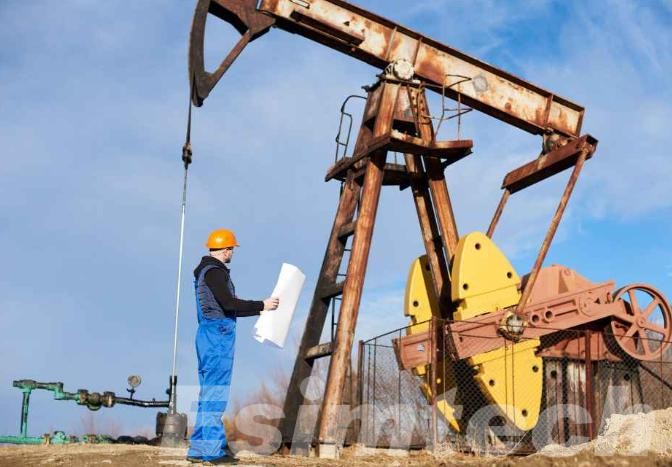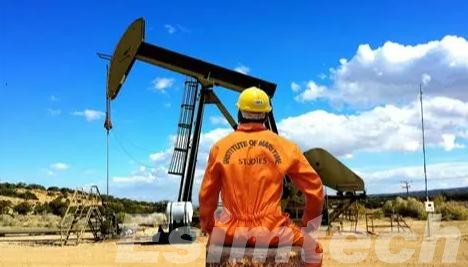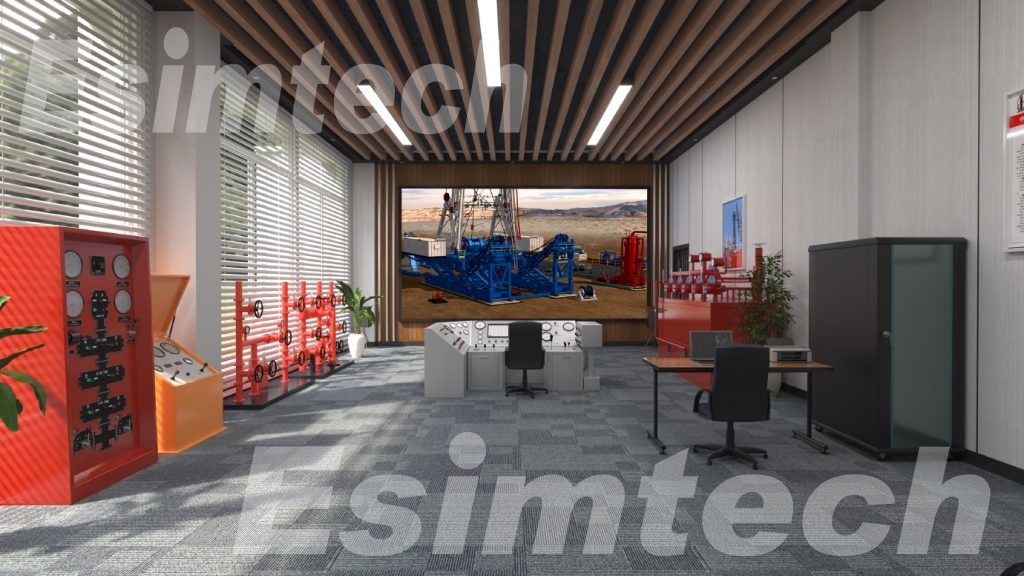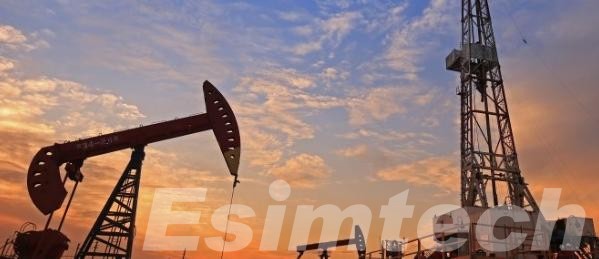Top Factors Affecting Drilling and Completion Costs in 2025
By 2025, the global oil and gas industry will continue to face mounting pressure to marry operational efficiency, sustainability, and cost control. As exploration moves into progressively tougher geological horizons and the energy transition picks up steam, drilling and completion costs now stand as a prime metric for success in a project.
Rising commodity prices, new technology, and stricter regulatory conditions all owe their applicability to a space in which precise cost estimating and forward planning are imperative. This article covers the major drivers of drilling and completion costs in 2025 and how digital technologies such as drilling and completion simulators are allowing operators to plan smarter and spend less.
Understanding Drilling and Completion Costs
Transforming a drilling prospect into a producing property involves several phases; the most important are drilling and completion. These phases begin with the mobilization of drilling rigs, the procurement of casings, drilling fluids, and the other logistics of pressure control and day-to-day operation. After the well reaches its target depth, the well completion phase begins, consisting of tubing installation, reservoir perforation, stimulation treatment, and integrity testing for the well to produce over time.

Well design, formation characteristics and prevailing market dynamics are the biggest drivers of cost differentials. For example, deepwater offshore developments are vastly more expensive than typical onshore wells due to the high levels of engineering and specialized hardware needed. In addition to the technical reasons, the cost disparities relate to the economic landscape, such as the prevailing rates for services, the cost of materials, and the overall project management.
Understanding cost breakdowns assists operators in pinpointing cost-saving opportunities, performance comparison against industry benchmarks, and predicting ROI with greater accuracy, a fundamental result in successful drilling and completion operations.
2025 Top Factors Affecting Drilling and Completion Costs
In 2025, a combination of market fluctuations, advancements in technology, and new environmental guidelines impacts the economics of well construction. Cost drivers are numerous and largely dictated by the geology of the well and the variable nature of the drilling and completion activities. Nevertheless, total well construction costs are governed by a few key variables.
- Prices of Inputs and Their Cost Predictability
Global inflation and the geopolitical crisis have a direct and intertwined impact on the price of steel, drilling fluids, fuel, and chemical additives. This price instability is compounded by procurement expenditure inflation and diverse supply chain constraints, e.g., shipping lags and domestic shortages. Most firms have responded with a mix of long-term supply contracts and investments in “predictive” supply chain management.
- Degree of Well Design and Geological Challenges
Increased costs are incurred when more complex materials and services are required by design choices, especially in more remote and deeper formations. While extended-reach horizontals and multilateral designs may increase recovery, it is with more expensive, specialized, higher-torque, casing, and more rig time. In 2025, it is the use of simulation-based modeling that allows the balance of design cost and performance to be optimized before execution in the field.
- 3. Labor and Service Market Dynamics
A shortage of veteran drilling and completion crews has driven up service rates, most significantly in offshore and unconventional operations. Automation and digital processes counteract the escalation. Remote monitoring and computer-based decision systems reduce the need for on-location personnel, increase consistency, and lower non-productive time (NPT).

4. Technology and Digital Integration
New technologies—such as real-time downhole sensors, rig automation, and data-driven optimization platforms—are transforming operational efficiency. Operators who implement these successfully realize tangible savings through higher rates of drilling and lower rates of unplanned interruptions. Automation and digital twins have the greatest potential to drive the most cost control in 2025 and the years that follow.
- Environmental and Regulatory Pressures
Though increasingly tougher emission and water-management regulations raise the cost of compliance, they, at the same time, promote the adoption of greener and more efficient systems. Low-emission drilling rigs and closed-loop waste systems become cost-effective in the long term as companies avoid excessive fines, achieve better ESG ratings, and sustain operational longevity.
All of the above points highlight the transformative influences on the cost structures within the sector: not solely on the side of economics, but also through innovative new approaches and the introduction of moral responsibility.
How Drilling and Completion Simulators Help Optimize Costs
Operators need to manage costs for drilling and completion simulators. Cost-controlled completion simulators allow for the virtual preview of the well and its surroundings. Engineered simulations for completion and drilling allow for the planning of field deployment with the anticipation of challenges. This predictive planning allows for better cost control for non-productive, non-revenue time.

Designed simulations for completion and drilling cost control have unique advantages for cost control.
- Goal Engineering. Cost simulations allow for the goal engineering of various well configurations.
- Problem Anticipation. Problem, risk, pressure, and equipment simulation, and therefore, anticipation for control.
- Simulation Training. Training, stimulation, and rehearsal of scenarios for actual operations improve error control during operations.
- Real-time Integration. Live Integration missions for drilling and actual costs allow for goal integration. The rest of the variable integration controls will allow for constant simulation for the control of revised costs.
The cost implications of assisted predictive operational simulators, for the completion and drilling of wells, beyond the value of enhanced integrated assisted operational control, are data-driven. In the completion and drilling of wells, simulation technology, for assisted predictive operational integrated control, is the new gold for value and technical control excellence.
Strategies to Reduce Drilling and Completion Costs in 2025
With increased precision targeting necessary for drilling and completion, the cost of operations will surely rise. Operators will foresee the additional expenses and take steps to ensure value. In 2025, managing finances and budget forecasting will remain crucial for sustained safety and operational efficiency.
Key principles are listed below:
- Utilize the Functions of Digital Tools and Simulators: Engineers can see to the reduction of several expenses and the non-productive time of an operation by using drilling and completion simulators to craft models of the well designs, optimize the drilling parameters, and predict the cost drivers.
- Standardize Equipment and Procedures: By using the same rigs, tools, and well designs, streamline the operations. This will reduce variability, which means that the costs of materials or services will also drop.

- Improve Supplies and Personnel: Better and advanced training that employs the use of simulations will reduce human errors, greatly improve efficiency, and lessen the time for a project to be completed.
- Supply Chain Management: Having established and diversified a network of suppliers and long-term contracts of Predictive Procurement, will take the economic impact of value material and services.
- Implement Sustainable Working: Risk and cost can be reduced long-term by using Low-Emission Drilling rigs and by closed-loop circulation systems.
- Data-Driven Working: Advanced simulations allow the routing and payment to be optimized. Predictive routing can adjust to shifting loads and allow for closing portions of the network.
Having incorporated all specified methodologies, businesses can lower the expenses associated with drilling and completing wells, improve the foreseeability of their operations, and maximize their ROI while still achieving the desired technical mastery and meeting the relevant legal obligations.
Conclusion
In order to have a successful drilling strategy in 2025, a well-defined approach to technology, planning, and efficient operations is essential. Key elements influencing the budget are the prices of the commodity, the design complexity of wells, the costs of labor, and the regulations in the area. The use of drilling and completion simulators, integration of standardized procedures, and the use of predictive analytics will help to better understand the cost structures as well as the associated risks. Cost management, when combined with the right digital interfaces, will give operators predictability, reduced non-productive time, and enhanced ROI. This is what makes companies cost-efficient in the modern world and, in turn, highly profitable.
